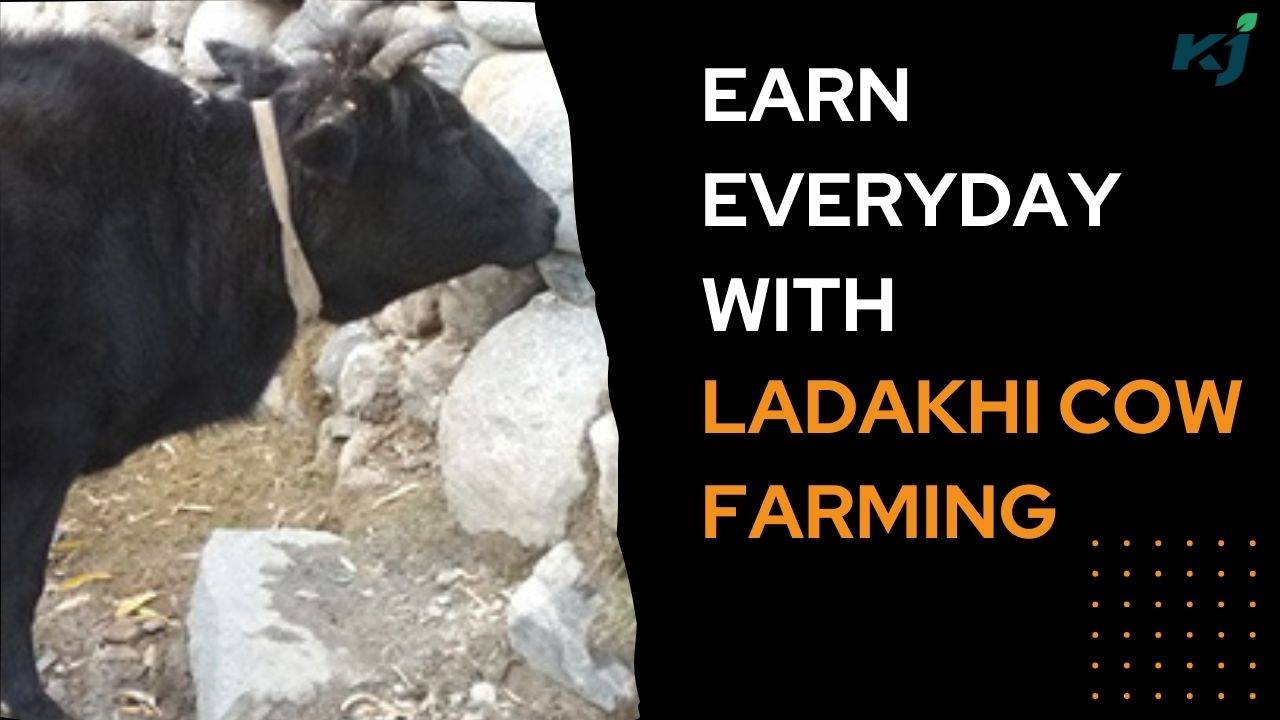
Cow farmers find that raising cows is the most lucrative means of livelihood. It enables them to generate a substantial monthly income. Our nation boasts numerous exceptional cow breeds that offer farmers significant advantages. One such breed is the Ladakhi cow, and so, let's delve into a comprehensive exploration of their distinct characteristics and other important details today.
What is a Ladakhi cow breed?
The Ladakhi cattle, a draught breed, have their roots in the Ladakh region of Jammu and Kashmir. The primary breeding areas for this breed are the Leh and Kargil districts in Jammu and Kashmir. The milk produced by these cows plays a vital role as a protein source for the local population, especially during the challenging winter months.
Where did the Ladakhi cow come from?
Ladakhi cattle originate from the Ladakh area in Jammu & Kashmir. They are characterized by their small size and short stature, with black or brown colour, and have excellent adaptability to harsh cold and oxygen-deprived environments. These cattle have a compact body structure and short legs, which enhance their suitability for navigating mountainous terrains.
Ladakhi Cow Milk Production
Ladakhi cattle are indigenous to the Ladakh region in Jammu & Kashmir. They are relatively small in size with short stature, typically black or brown in colour, and have successfully adapted to extremely cold and oxygen-deprived environments. Their bodies are compact, featuring short legs, which make them well-suited for rugged mountainous terrain. These cattle are raised extensively for their milk, draft capabilities, and the valuable manure they provide. They have slightly curved, upward-pointing horns that end in pointed tips over their foreheads.
The foreheads are small, straight, and covered in hair, while the faces are slightly elongated. Their udders are compact and bowl-shaped, producing approximately 2 to 5 kilograms of milk per day. This milk has a high fat content of around 5%, primarily used for making butter and churpi, which are essential components of the local diet, especially during the harsh winter season. Consequently, the milk from these cattle serves as a crucial source of protein for the local population.
Other Details About Ladakhi Cow
Ladakhi cows typically have relatively short horns when compared to other cattle breeds. They usually sport a black coat, although some may exhibit brown patches. Their horns curve slightly upwards and forward, and they possess a flat, narrow forehead with a small hump on their backs.
As is the case with all living beings, Ladakhi people are susceptible to various diseases, and these cows are no exception. However, these cows have been selectively bred for their ability to resist many diseases, and their robust appearance reflects this resilience. Although some diseases are more prevalent among Ladakhi cattle, it is recommended to promptly seek veterinary assistance if any of these cows fall ill.
In summary, Ladakhi cows are ideally suited for high-altitude regions, producing valuable milk with associated health benefits. Their notable disease resistance makes them a dependable source of income for cattle farmers.











